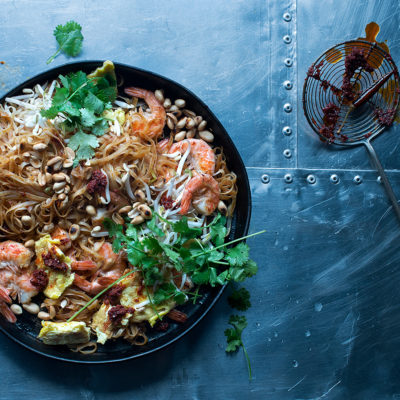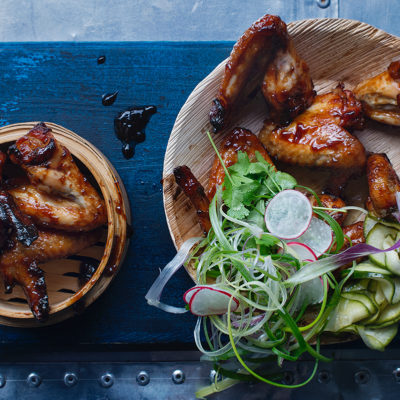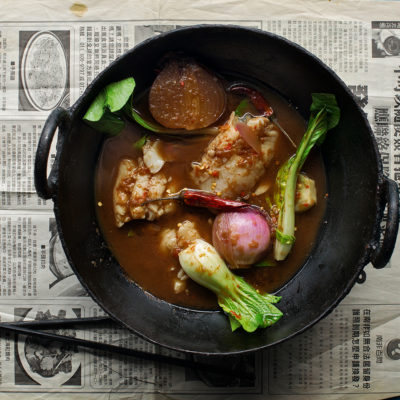The art of acing Asian food
It all comes down to balancing salty, sweet, spicy and sour flavours. And having a pantry stocked with the essential taste makers, of course.
Salty

In addition to regular salt, most Asian dishes rely on intensely savoury ingredients like fish sauce, miso, oyster sauce, shrimp paste and soya sauce to impart depth of flavour and balance to their dishes. The Thai throw-together noodle favourite, Pad Thai is a great example of a dish layering savoury flavours, calling for shrimp paste and a good dose of fish sauce to add a salty punch.
Sweet

Ingredients lending their sweetness not only to desserts, but also savoury and spicy dishes in Asian cuisines include plum sauce, coconut sugar, palm sugar and sweet rice wine (mirin). The secret to the addictive sticky-sweetness of Chinese char siu chicken wings? A combination of coconut sugar, mirin, plum sauce and hoisin sauce
Spicy

Heat is a crucial component to many Asian dishes, and at the centre of it, chillies, be they fresh or dried, fermented in a sauce like sambal oelek or sriracha or incorporated into a spice mix like garam masala. Other hot little numbers adding oomph include white pepper and wasabi. The trick to tempering heat in dishes like the above Indian curry is balancing it with salty and sour elements – in this case, fiery elements like garam masala and fresh and dried chillies are mellowed by the addition of acidic tomatoes and salt.
Sour

Adding top notes while also balancing spice and sweetness in dishes, sour ingredients like rice vinegar, lemongrass, tamarind and citrus fruit are essential to most Asian cuisines. In traditional Thai sour orange curry, for example, the lip-puckering element at play is tamarind paste, made from a pod-like fruit growing in Africa and India. In this soup, it’s counterbalanced by the saltiness of fish stock, fish sauce and shrimp paste, and the heat of fresh and dried chillies.
Need an Asian fix without the fuss? Find Woolies’ new readymade Asian bowls here.




Asian cuisine is not only a delightful culinary experience but also a true art form. Just like captivating designs, it combines intricate flavors, vibrant colors, and meticulous presentation. The use of an interstate sign vector emphasizes the fusion of cultures and flavors in Asian cuisine, mirroring the dynamic and diverse nature of its dishes.